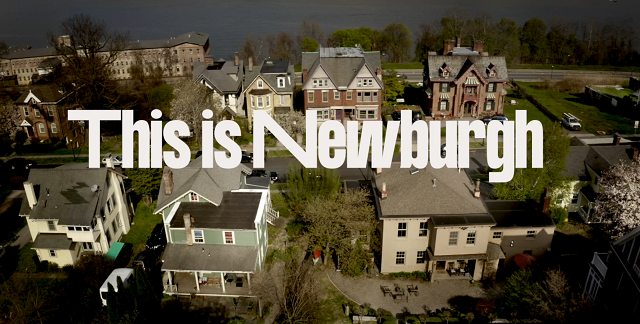Roaming about a historical city like Newburgh one can only imagine what some of the streets were like back 50, 75, or even 100 years ago. Many street names hold a key to the historical past and figures of Newburgh. Here are the meanings behind the street names of the Colonial Terrace Neighborhood that housed workers employed by the Newburgh Shipyards during World War I. This list was put together by Bob Wilson and Brian Flannery in August 2001.
Bush Avenue: For Irving T. Bush an investor in the Newburgh Shipyards and owner of Brooklyn’s Bush Terminal, where Norton Lilly ships were berthed during WWI (see Norton Street).
Norton Street: For Skeffington S. Norton, a senior partner of the Norton Lilly Company, a major New York-based shipping concern, which bought an interest in the Newburgh Shipyards.
Lilly Street: For Joseph T. Lilly, a Norton Lilly senior partner.
Farrell Street: For John J. Farrell, another Norton Lilly senior partner.
McKinstry Street: For Dewitt E. McKinstry, Newburgh City Treasurer for many years.
Bennett Street: For Edwin C. Bennett, General Manager of the Newburgh Shipyards during WWI. (Photo provided by great nephew, Colin Fox)
Wilson Street: For Dr. Henry Wilson, Newburgh City Manager during WWI.
Fullerton Avenue: In honor of one of the two prominent lawyers, Judge William Fullerton and Stephen W. Fullerton. Possibly for S. W. Fullerton who was a local Civil War officer who in later years (around 1890) had one of the two Newburgh posts of the Grand Army of the Republic named after him.
Prospect Street: For the view to the west; known originally as Stone Street.
Third Street: The “third” east-west street north of Broadway.
South Street: Original southern border street of “the Glebe”.







